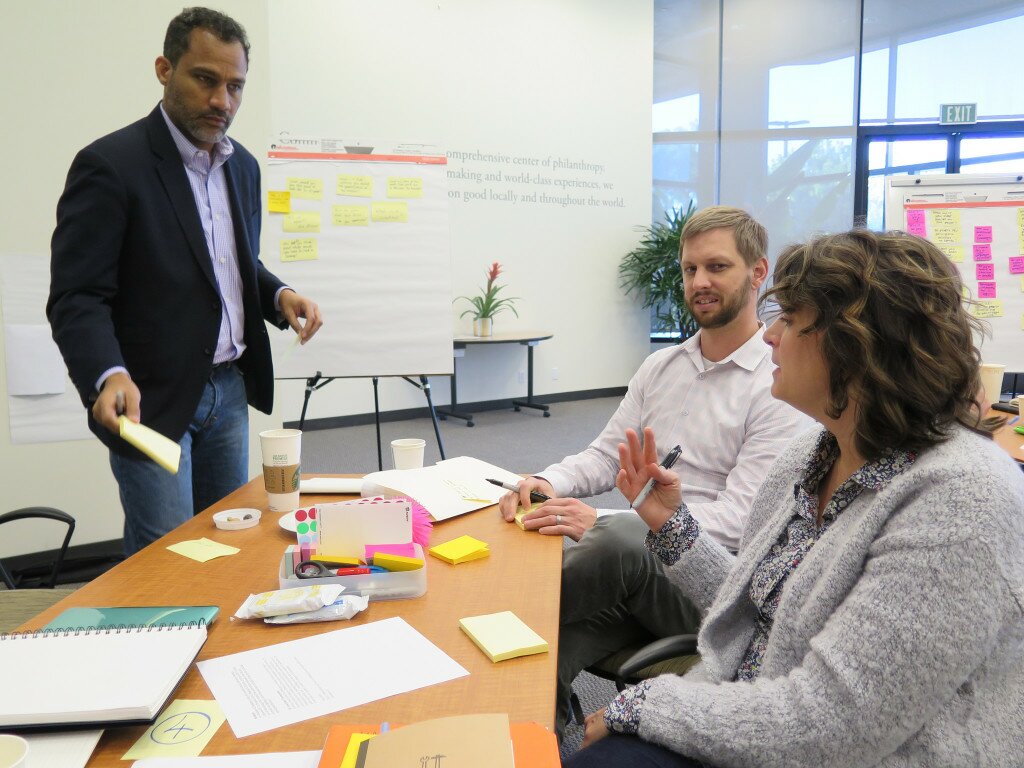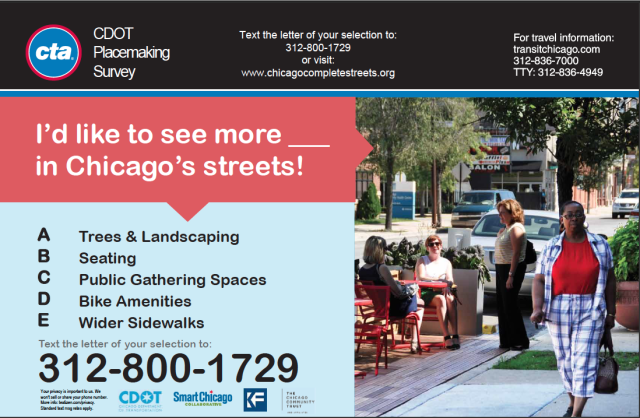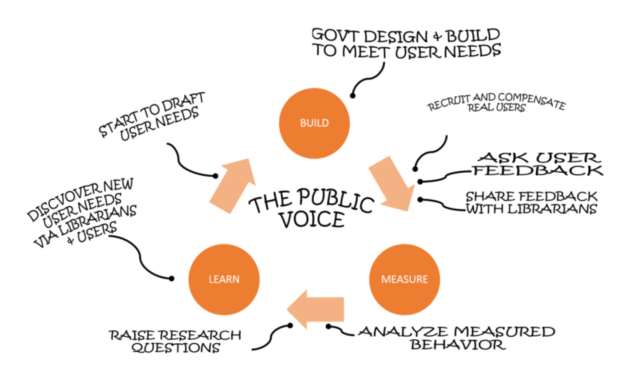 The City & County of San Francisco recently submitted a proposal in the Knight News Challenge: How might libraries serve 21st century information needs? for The Public Voice: City Service Design Center. The goal is to “make San Francisco Public Library a forum for the collaborative design of government digital services through a public user testing program.”
The City & County of San Francisco recently submitted a proposal in the Knight News Challenge: How might libraries serve 21st century information needs? for The Public Voice: City Service Design Center. The goal is to “make San Francisco Public Library a forum for the collaborative design of government digital services through a public user testing program.”
This is an impressive project that will create better tools and systems that serve residents by conducting usability testing and incorporating and responding to resident feedback.
Our Civic User Testing Group (CUTGroup) work is cited as an inspiration and the City & County of San Francisco will implement the CUTGroup methodologies laid out in our documentation to replicate similar success in San Francisco.
The Public Voice honors the CUTGroup’s pioneering model and builds on it with an explicit focus:
1) We focus on government services being redesigned as part of our citywide initiative to be “digital by default”. The Public Voice creates collaborative environments where public services are built “with, not for” the people of San Francisco.
2) We create structural relationships and feedback loops with agency digital product managers. Feedback and testing will be prioritized for products where feedback is highly actionable and impactful. Librarians assisting people in accessing government services in their day jobs are critical to this feedback loop.
3) We focus on accessibility for people with low digital literacy, non-native English speakers, and people with disabilities. We plan to implement the CUTGroup methodologies laid out in Smart Chicago’s documentation to replicate similar success in San Francisco.
The CUTGroup is a flagship Smart Chicago program to establish sustained, meaningful collaboration with residents around data and technology. We recently launched the CUTGroup Collective as a way to convene organizations and institutions to help establish new CUTGroups in other cities, and create a new community to share and learn from one another. The City & County of San Francisco are members of this network and are committed to sharing lessons learned from implementing CUTGroup processes in San Francisco with the entire CUTGroup Collective. We see immeasurable value from San Francisco participating in the CUTGroup Collective and communicating their lessons and insights to other cities.
Could @SFPublicLibrary be a forum for the collaborative design of government digital services? Share comments here: https://t.co/HTRC1V8PSz
— #civicinnovation (@SFMOCI) March 25, 2016
Through the CUTGroup Collective, Smart Chicago is dedicated to helping the City & County of San Francisco implement best practices from the CUTGroup based on what we learned. In addition, we are excited to learn what The Public Voice project can teach us about building CUTGroup processes from within government and public libraries and see how that could help other cities implement similar models.
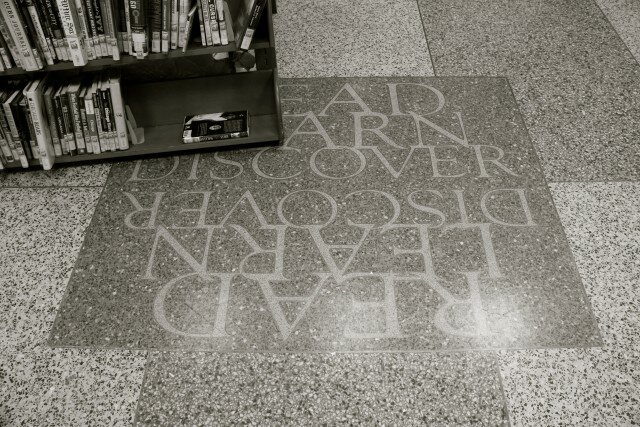
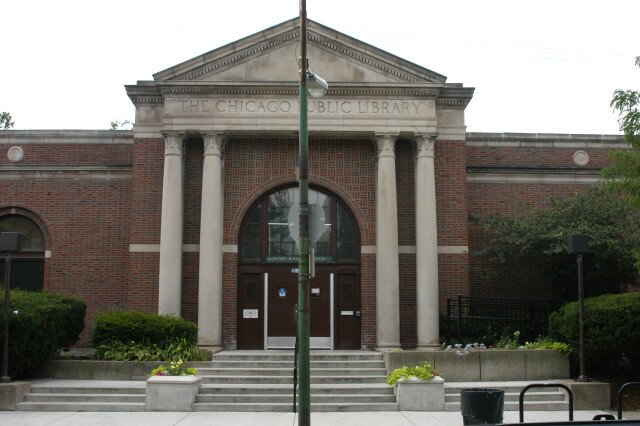
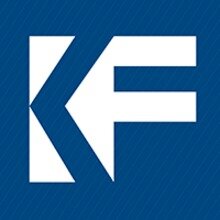 Smart Chicago’s Dan O’Neil, Demond Drummer, and Laurenellen McCann attended the Knight Media Learning Summit in Miami. The event is in it’s fourth year is specifically for community foundations, place-based foundations and media organizations looking to develop partners to bring information to their communities.
Smart Chicago’s Dan O’Neil, Demond Drummer, and Laurenellen McCann attended the Knight Media Learning Summit in Miami. The event is in it’s fourth year is specifically for community foundations, place-based foundations and media organizations looking to develop partners to bring information to their communities.